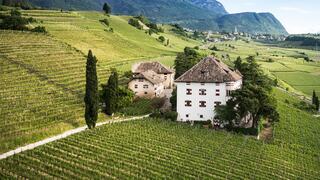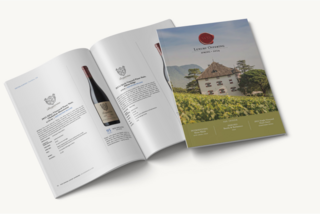
Castello di Volpaia
Tuscany, Italy
Wilson Daniels is globally recognized as a leader of fine wines. We inspire and promote a passion for wine through exceptional marketing, education, and brand-building, and enjoy mutually rewarding, long-term relationships with our winery and trade partners.





